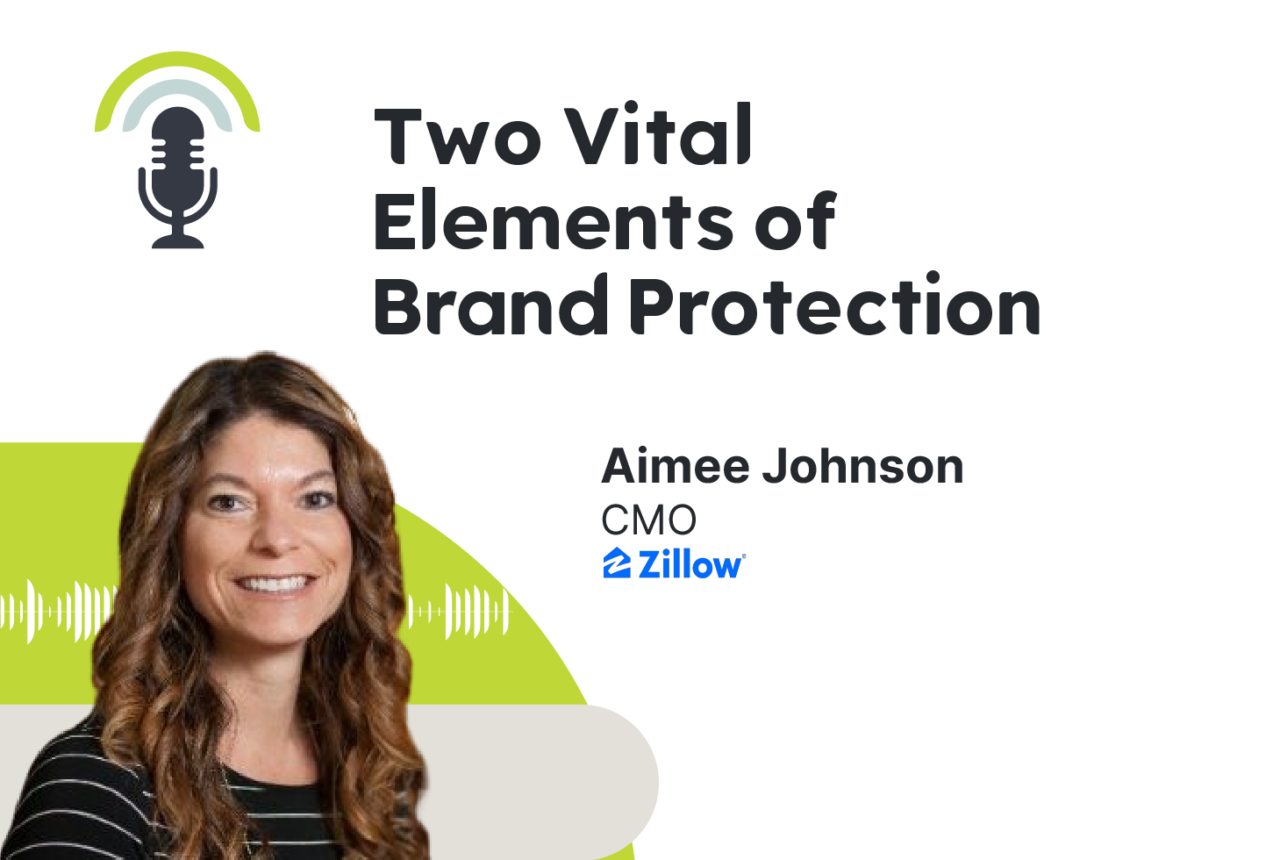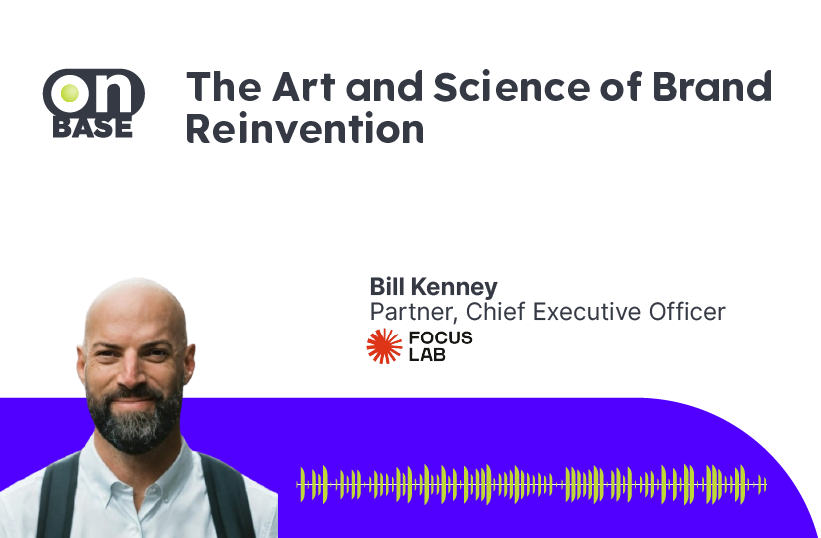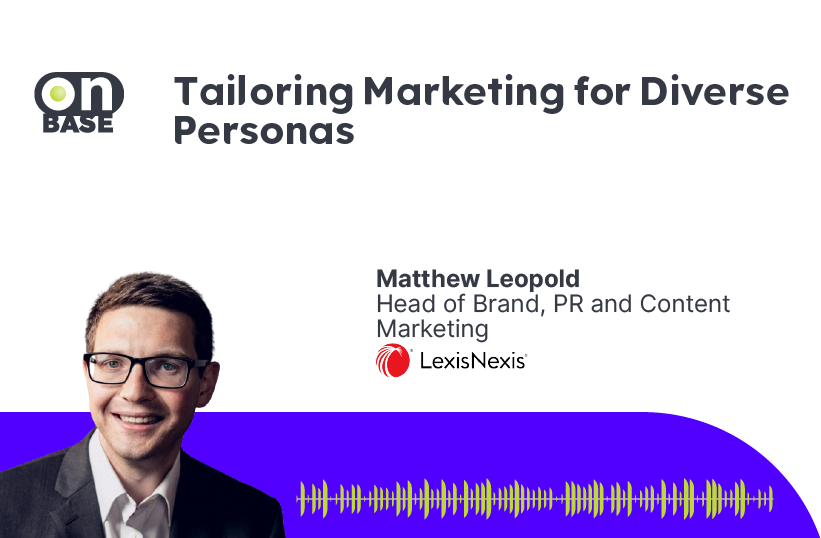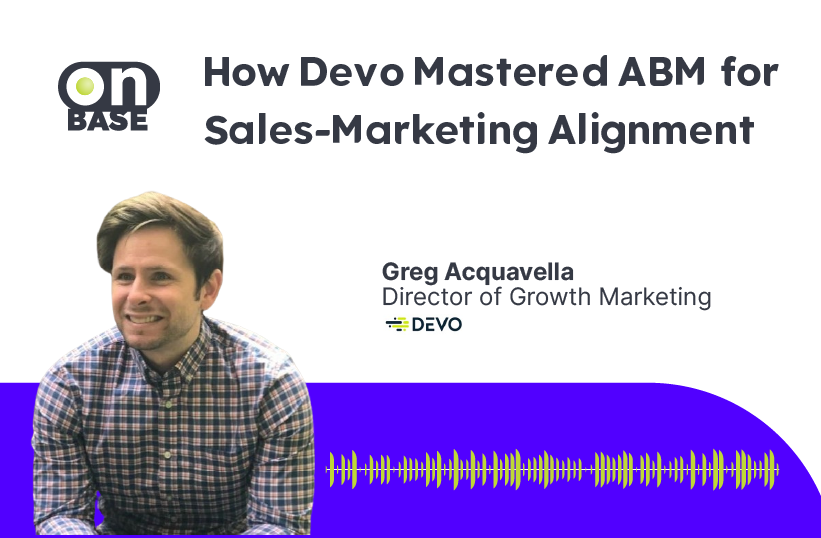
Two Vital Elements of Brand Protection
Shownotes
This episode of Sunny Side Up features Aimee Johnson, a marketing dynamo whose career portfolio has included a unique mix of consumer and tech brands. She shares insights about what it takes to build and maintain a marketplace niche that resists erosion. As CMO at Seattle-based Zillow, an online real estate platform, Aimee is daily tasked with protecting a brand that is vulnerable to a perpetual onslaught of challenges from competitors and generalized social media noise. Her leadership style, developed through personal reflection and evolution, is a big part of what Aimee brings to the table. She’s constantly assessing the landscape and figuring out how to identify corporate brand and marketing needs. Another primary focus is empowering those around her, especially in the C-suite, to nurture, grow and protect one of their company’s most valuable assets: Brand identity. Enjoy this lively conversation with a marketing pro who’s sharing wisdom along with tactics for ascending to that next rung on the managerial ladder.
About the Guest
Aimee Johnson is a senior marketing executive with over 30 years of experience in Consumer Packaged Goods, Retail, and Technology, driving innovation, growth, scale, profitability, and – most importantly, customer love. As Chief Marketing Officer at Zillow Group, Aimee is responsible for driving brand experiences, growing national brand awareness and down funnel conversions, impactful content, meaningful customer insights, and integrated campaigns and marketing at the digitally native real estate company.
Key Takeaways
- Aimee defines “brand” as a concept that impacts internal work culture and ultimately impacts customer perceptions and loyalty.
- There are many elements to building a brand, all of which require prioritization and clarity.
- Brand Protection: It’s not whether but how. Aimee shares thoughts on the importance of standing up for corporate identity, which is vulnerable to assaults big and small.
- She recognizes that sometimes her job is to listen and participate as a customer advocate or in some other role that will support the overall corporate mission.
- Ascending to that coveted next-level position requires patience and showing up consistently with the right set of skills.
Quotes
“Surround yourself with people who do know the things you don’t know. Ownership is a joint, team sport.”
Highlights From the Episode
How does Aimee define branding as a concept?
At its most basic level, a brand is all about a promise to your customer. It’s the way you’re interacting with the world around them – your community posture, customer services, product or service integrity. The second part of the equation is about communicating your message supporting that brand promise.
Building a brand requires foundational clarity.
First and foremost, Aimee believes in doing the homework: Talk to neighbors, survey social media, and the ways in which customers are interacting with your competitors. Listen to how employees talk about what they’re doing and whether or not they feel part of a values-based organization. The company’s overall culture shows up in the way employees interact with and represent it to the customers. Building a brand also means recognizing priorities, staying “laser-focused” on primary goals, and reaching the “doing what I need to be good enough at” bar.
Brand Protection: Two Important Prongs.
With all the noise and distraction in our culture generally, it’s easy to get off-course and lose sight of what you stand for, what and who it is you want to be. Aimee believes brand protection depends on consistency between brand messaging and how your product or service is actually showing up in the marketplace and among consumers. There’s a temptation to get sidetracked by competition and lose sight of the true mission and identity. The second part of brand protection demands vigilance. If someone tries to leverage your brand in a way or with inconsistent words, you have to go after them because protecting brand integrity is key. If you’re not vigilant, small incremental changes can undermine what your product represents in the marketplace. Aimee believes it’s critical to stand firm at every juncture because it represents identity, which is everything. In many ways, brand protection belongs to executive leadership, which is responsible for all the components to establish brand identity. As a CMO, Aimee is there primarily to communicate identity, cultivate customer loyalty and provide consumer insights/analytics to support the brand.
Leadership style is adaptive, not fixed.
Aimee believes it all comes down to who you’re trying to empower to do what and how you inspire and engage them when it comes to leadership strategy. She deploys interactive problem-solving and give-and-take with her teams, whether leading from in front, behind, or somewhere in between. Once a core customer or business problem has been defined, the challenge is promptly moving forward with a solution. Getting to that alignment and clarity of mission might require debate, which doesn’t daunt Aimee. She learned early on that marketers don’t stand out in front of a field-forward sales organization and pretend to have all the answers. But by partnering with and listening actively across teams, she’s able to secure more buy-in, attention, and credibility. Executives can swap functions, but ultimately ownership has to encompass both your domain and the broader corporate mandate. Even when transitioning into an executive role, it’s important to ask yourself who you’re in the room to represent and how you can most effectively facilitate others.
Aimee reflects on her transition from mid-level to executive-level roles.
Getting to the C-suite is as much an evolutionary personal as a professional process. Initially, as she rose through the ranks, Aimee’s task was to temper her “seventh-grade self.” It was important to realize that just because she said something didn’t mean that it was heard. Becoming an effective communicator and compensating for her fundamentally introverted nature required intentionality and careful grounding. Self-confidence cannot be rushed or forced. Sometimes you need to try and fail and recover, be patient, and wait until you’re ready to mount the next rung. When you show up immersed in the immediate skill set required, you show up with more focus, kindness, and collaborative energy.
Recommended Reading/Resources
- Jim Stengel’s The CMO Podcast
- Seth Godin’s blog and podcast
- MIT Tech Review, Forbes, Fortune
- How Stuff Works
- Derek Thompson’s podcast, Plain English
- Ad Age
- “The Power of Moments: Why Certain Experiences Have Extraordinary Impact,” by Chip Heath, Dan Heath
- “Bill Bernbach Said,” by Bill Bernbach, Alicia Brindak
- “The Elements of Style,” by Thomas Strunk Jr. and E.B. White
Shout-Outs
- Melissa Selcher – SVP at LinkedIn
- Thomas Ranes – CMO at Uber

Sunny Side Up
B2B podcast for, Smarter GTM™



